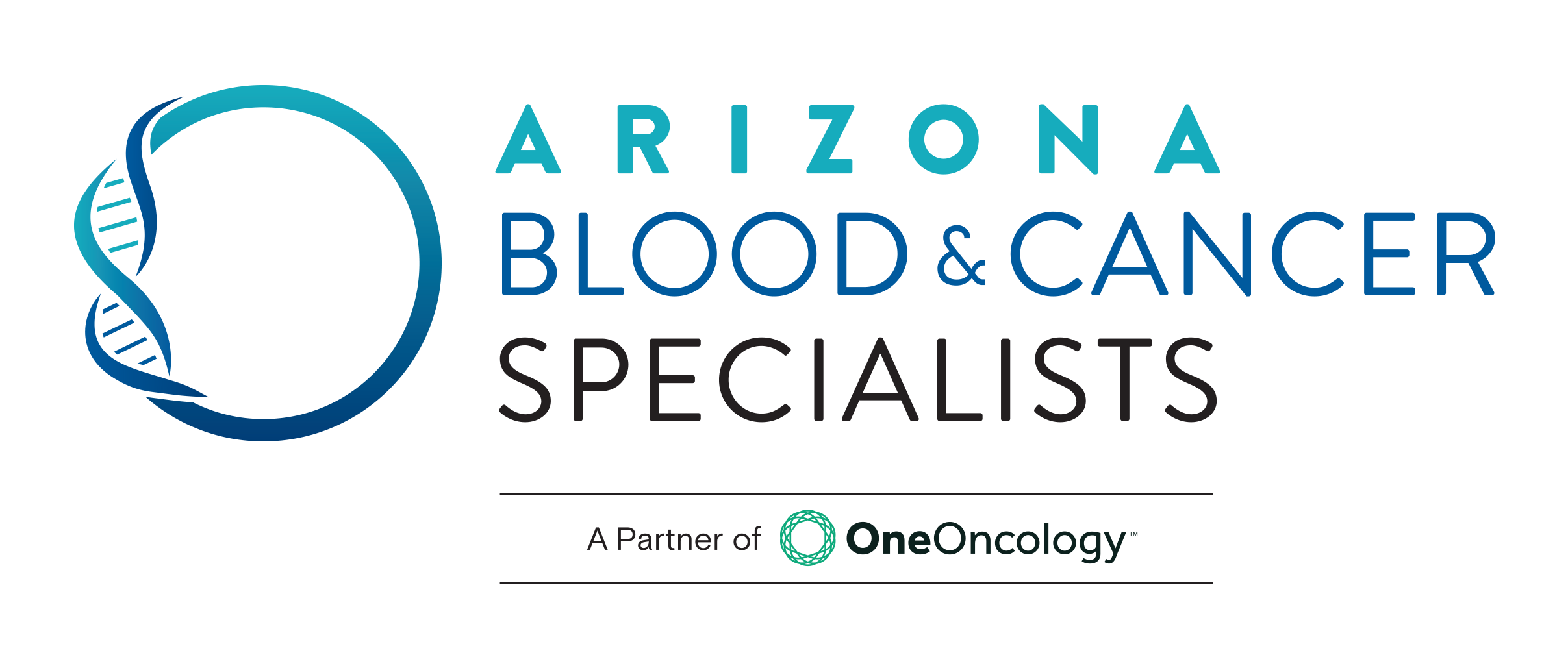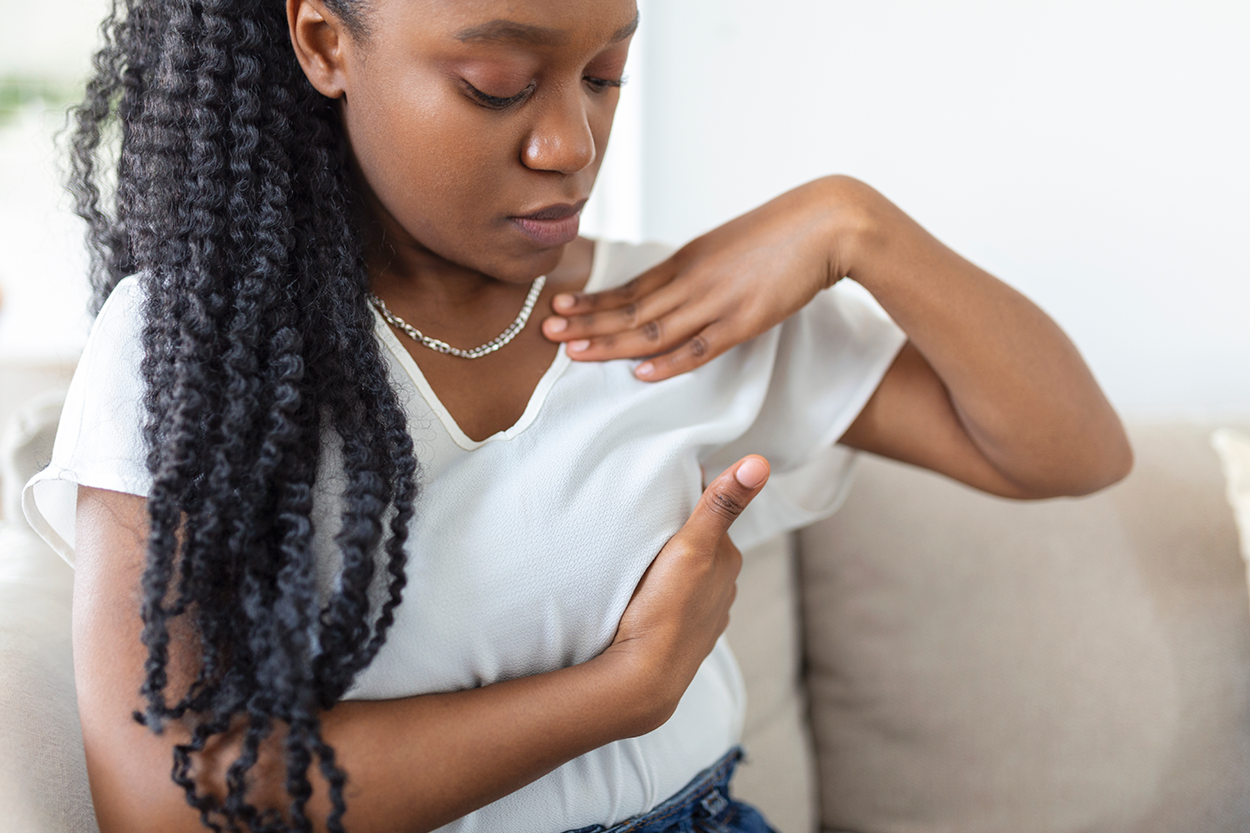Spreading the Word About Self-Checks
What if five minutes each month could help save your life? Breast self-checks are simple, free, and can help you catch breast cancer early when it's most treatable.
October is Breast Cancer Awareness month, making it a great time to start thinking about breast health. Breast cancer affects 1 in 8 women, but when found early, 99% of women survive five years or more. That's why learning to check your breasts matters for you and everyone you care about.
Self-checks help you learn what's normal for your breasts. Every woman's breasts feel different, and their appearance changes throughout the month. When you check regularly, you'll know what's normal for you. This makes it easier to notice when something feels different.
It can feel awkward to bring up breast health, but your words might save someone's life. Start by sharing what you're doing. Share with your friends and family that you perform monthly self-checks and explain why it's important to you.
Remember that men can get breast cancer, too, though it's rare. Don't forget to include the men in your life in these important conversations.
How to Do a Self-Check
The best time to check is one week after your period ends. If you no longer have periods, choose the same day each month, such as the first day.
Step 1: Look in the Mirror
Stand in front of a mirror with your arms at your sides. Look at both breasts and check for:
- Changes in size or shape
- Dimpling or puckering of the skin
- Changes in your nipples
- Any redness or swelling
Raise your arms above your head and look again. Then put your hands on your hips and press down to flex your chest muscles. Check for the same things.
Step 2: Feel with Your Hands
Use the pads of your three middle fingers, not your fingertips. Press lightly, then apply medium pressure, and finally, apply firm pressure. Make small circles as you move across your breast.
You can do this lying down or in the shower. Cover your whole breast, from your collarbone to under your breast, and from your armpit to the middle of your chest. Take your time and be thorough.
You're feeling for lumps, thick areas, or anything that feels different from the rest of your breast tissue.
What You're Looking For
You want to find any changes from what's normal for you. This includes:
- New lumps or thick areas
- Changes in breast size or shape
- Skin that looks different (dimpled, puckered, red, or scaly)
- Nipple changes (pulling in, discharge, or pain)
- Any pain that doesn't go away
Call your doctor if you notice any changes, even if you're unsure if they're significant. It's always best to consult a professional. Don't wait until your next appointment if something doesn't feel right.
At Arizona Blood and Cancer Specialists, speak with your physician; they can help you learn the proper technique and answer any questions you have about what you're feeling.


